
1.What is Java collection framework? Name some advantages of collection framework? There are collections in every programming language, and the original version of Java included several collection classes: Vector, Stack, HashTable, and Array. With the widespread use of collections, Java 1.2 proposed a collection framework that includes all collection interfaces, implementations and algorithms. Java has been going through the process of using generics and concurrent collection classes while ensuring thread safety for a long time. It also includes blocking interfaces and their implementations in the Java concurrency package. Some of the advantages of the collection framework are as follows: (1) Reduce development costs by using core collection classes instead of implementing our own collection classes. (2) Code quality will improve with the use of rigorously tested collection framework classes. (3) Code maintenance costs can be reduced by using the collection classes included with the JDK. (4) Reusability and operability. 2. What are the advantages of generics in collection framework? Java 1.5 introduced generics, and all collection interfaces and implementations make heavy use of them. Generics allow us to provide a collection with an object type that it can hold, so if you add any element of other type, it will error at compile time. This avoids running
1. Java Collection Interview Questions and Answers Summary

Introduction: 1. What is Java collection framework? Name some advantages of collection framework? There are collections in every programming language, and the original version of Java included several collection classes: Vector, Stack, HashTable, and Array. With the widespread use of collections,...
2. java collection framework study notes

Introduction: Java collection classes can be used to store multiple objects of varying numbers, and can implement common data structures such as stacks, queues, etc. Unlike arrays, the length of arrays is immutable. Array elements can store basic types and object types, while collections can only store objects (essentially reference variables of objects). Java collections can be roughly divided into Set, List, and Map. Set represents an unordered, non-repeatable set, List represents an ordered, repeatable set, and Map represents a collection with a mapping relationship. The key in the map is unique and the value is repeatable. Its...
3. Detailed explanation of Java collection framework HashSet and HashMap source code analysis (picture)
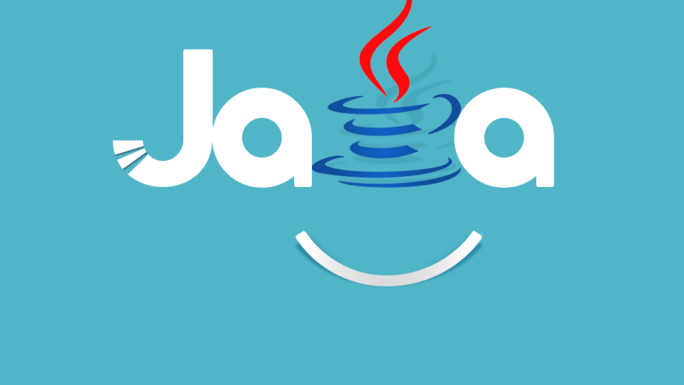
Introduction: General introduction The reason why HashSet and HashMap are explained together is because they have the same implementation in Java. The former only adds a layer to the latter. Packaging, that is to say, there is a HashMap in the HashSet (adapter mode). Therefore, this article will focus on analyzing HashMap. HashMap implements the Map interface and allows null elements to be put in. Except that this class does not implement synchronization, the rest is roughly the same as Hashtable. Unlike TreeMap, this container does not guarantee the order of elements. The container may re-hash the elements as needed. The order will also be retyped..
4. Detailed analysis of Java collection framework LinkedHashSet and LinkedHashMap source code (picture)
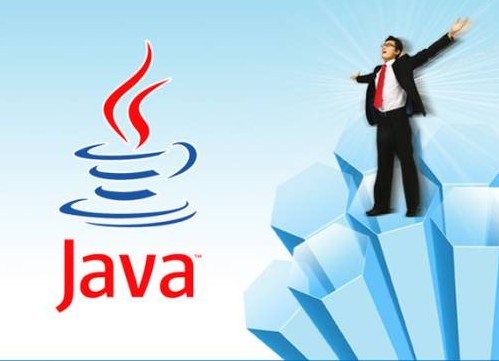
Introduction: General introduction If you have read the previous explanations about HashSet and HashMap, as well as TreeSet and TreeMap, you must be able to think of the LinkedHashSet and LinkedHashMap that will be explained in this article. Actually it's the same thing. LinkedHashSet and LinkedHashMap also have the same implementation in Java. The former just wraps the latter, which means that there is a LinkedHashMap (adapter mode) in LinkedHashSet. Therefore, this article will focus on the analysis of LinkedHashM..
##5. Detailed analysis of the Java collection framework ArrayList source code (picture)

Introduction: General introduction ArrayList implements the List interface and is a sequential container, that is, the data stored in the elements is the same as the order in which it is put in. Null elements are allowed to be put in. The bottom layer is implemented through an array. Except that this class does not implement synchronization, the rest is roughly the same as Vector. Each ArrayList has a capacity, which represents the actual size of the underlying array. The number of elements stored in the container cannot exceed the current capacity. When elements are added to the container, the container automatically increases the size of the underlying array if there is insufficient capacity. As mentioned before, Java generics are just syntactic sugar provided by the compiler, so the array here is an O..
6. Java Core Technology Points Collection Framework Detailed introduction
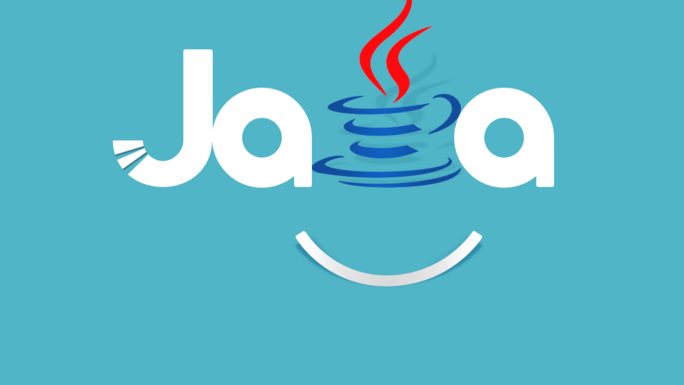
Introduction: Overview The Java collection framework consists of a series of interfaces, abstract classes and Java class libraries. Concrete implementation class composition. The collection we are talking about here is to organize a group of objects together and then manipulate the data according to different needs. A collection type is a container that holds these objects. In other words, the most basic collection feature is to put a group of objects together for centralized management. Collection types can be subdivided into many different subtypes based on criteria such as whether duplicate objects are allowed in the collection and whether the objects are organized in a certain order. The Java collection framework provides us with a set of basic mechanisms and reference implementations of these mechanisms, among which the basic...
7. Detailed explanation of the sample code of the iterator in the Java collection framework
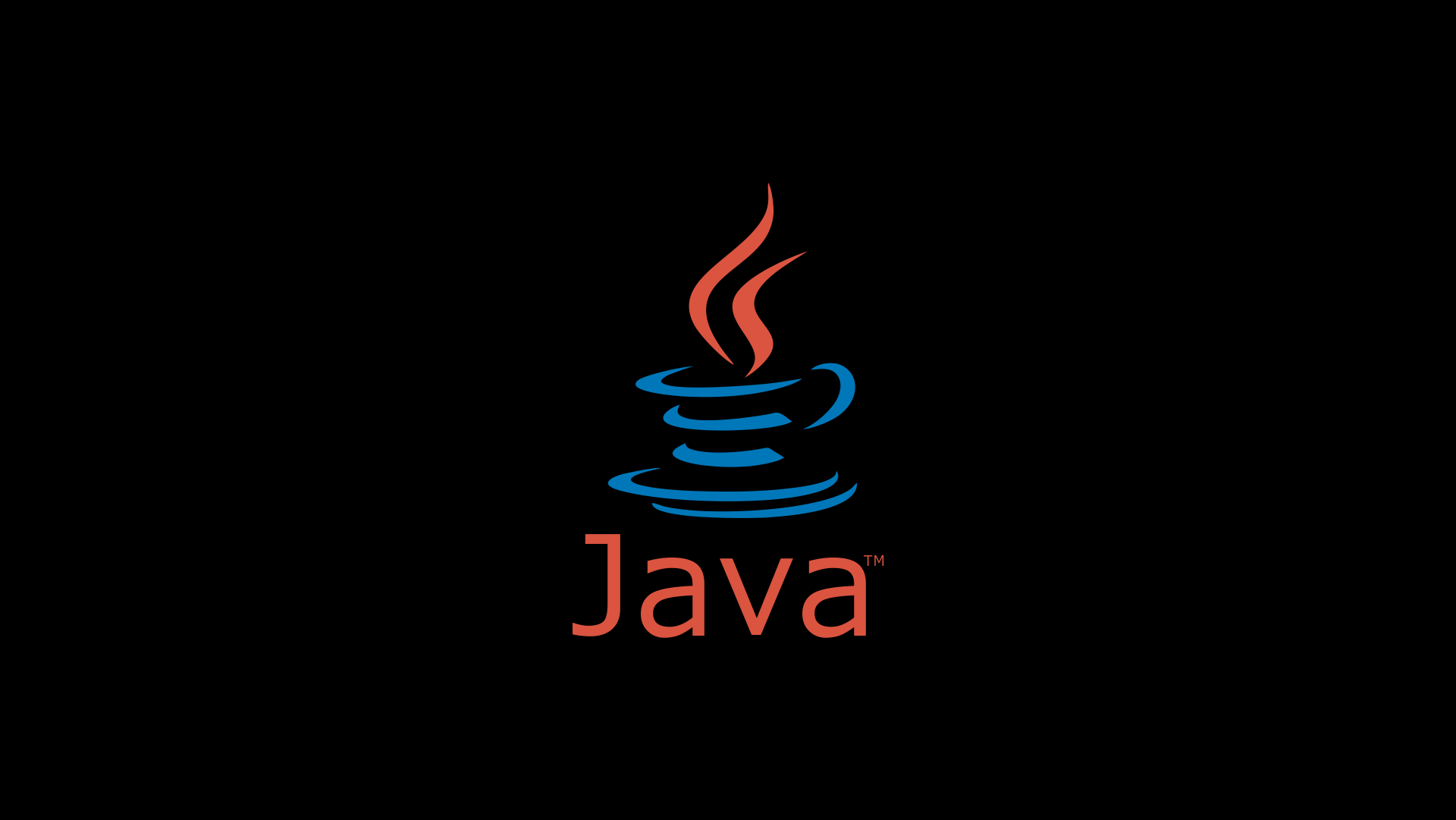
Introduction: This article mainly introduces you to the iterator Iterator in the Java collection framework. The information has certain reference value. Interested friends can refer to
8. Detailed explanation of Collection in Java
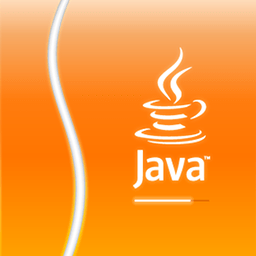
#Introduction: Java collections are toolkits provided by java, including commonly used data structures: collections, linked lists, queues, stacks, arrays, mappings, etc. . The location of the Java collection toolkit is java.util.*Java collections can be mainly divided into four parts: List, Set, Map, and tool classes (Iterator, Enumeration, Arrays, and Collections). The Java collection framework is as shown below: From the above picture, you can see that the Java framework is mainly C
9. A variety of problem-solving ideas for a Java collection framework question
Introduction: This article mainly introduces a Java collection framework problem, a variety of problem-solving ideas, and has certain reference value. Interested friends can refer to it
10. Java Collection Framework Architecture Detailed Description
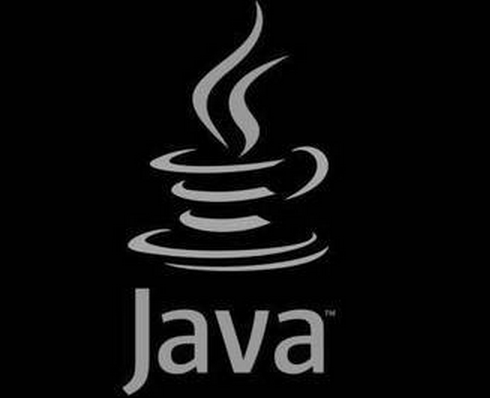
Introduction: Recently I saw a very good explanation of the collection framework in a J2EE book
[Related Q&A recommendations]:
Polymorphism in Java Collection Framework
The above is the detailed content of Recommend 10 commonly used Java collection framework usages. For more information, please follow other related articles on the PHP Chinese website!




